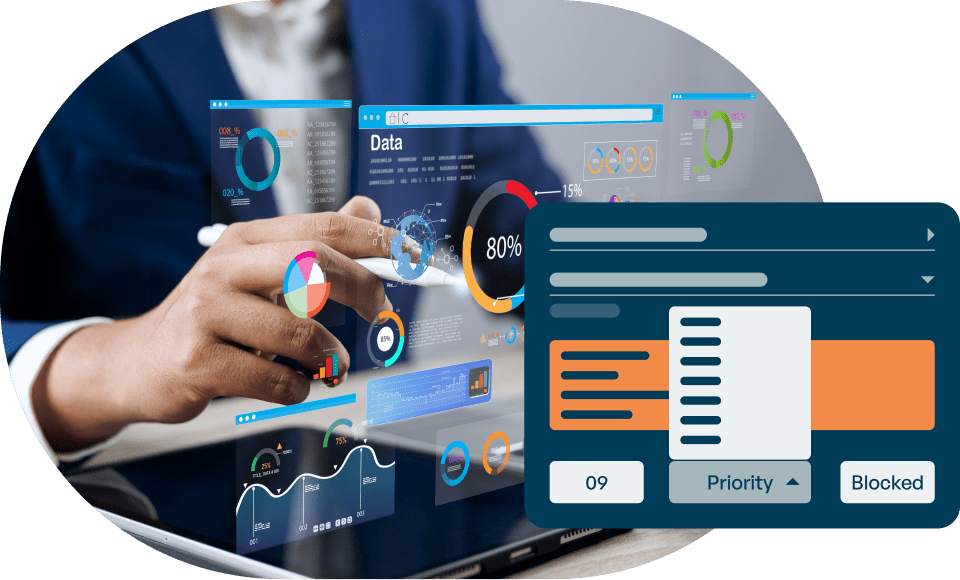
E-Invoicing and Its Geopolitical Stakes
France’s electronic invoicing reform relies on a Y-architecture, where Partner Dematerialization Providers (PDPs) play a central role in issuing and…
Generix Launches Solochain Now – Packaged Solution to Deploy a Complete SaaS WMS in as Little as 16 weeks View the press release

The main point here is that businesses still need to learn how to effectively deliver information across their organization and ecosystem, instead of continuing to manage silos, or pockets, of information. The downside of these silos is that information gathered is only used in one specific area and not shared across an organization. This means that there is no way for all areas of the supply chain to benefit from important data. It has become a necessity for companies to rationalize their IT footprint, and the applications that they currently use to create a more seamless plan to process data more effectively. Complexity does not have to mean complication, and the correct B2B integration solution will help companies simplify their business processes, allowing for a more open intra- and inter-enterprise flow of information.
Innovation is the key to staying ahead of the game in this world of rapid digital transformation. It is up to businesses to not only reanalyze and reimagine their supply chain processes, but be willing to invest in existing and new technologies. By modernizing and supplementing existing applications with integration technologies, and creating more streamlined and company-wide business processes, businesses will see a multitude of benefits in a short amount of time. The main benefits include higher productivity and visibility, a better way to manage and collaborate with third parties, and a more effective way to manage and mitigate risks. The main idea here is to create an “easier” process for all involved, both inside and outside the company, without having to perform a complete overhaul of an existing IT system.
It is in the best interest of most companies nowadays to look into the benefits of SaaS and cloud-based applications, and to consider a shift to a cloud-first policy in the near future. There is already so much value in the way SaaS is able to make IT resources and solutions available to all kinds of users in exactly the way they want it: quickly, at a low cost, and in a reliable manner. It therefore behooves any company to look into SaaS options and to start creating a roadmap to the future where all IT resources will be shifted to the cloud. SaaS takes away the complications of a clunky IT system, and allows for rapid installation and deployment, minimal user training, and comes at a much lower cost than a complete IT overhaul. For companies looking to modernize existing applications, simplify processes, and work from one platform in a collaborative manner, SaaS is the way forward. Company-wide efficiency is improved in a timely manner, and IT resources are used to the best of their ability.

France’s electronic invoicing reform relies on a Y-architecture, where Partner Dematerialization Providers (PDPs) play a central role in issuing and…

The B2B mandate in Germany, set to take effect on January 1, 2025, marks a crucial step in the European…

Following the October 15 announcement regarding the abandonment of the PPF development, the DGFIP and its partner AIFE are ramping…

Work with our team to build your ideal supply chain software stack and tailor it to your unique business needs.